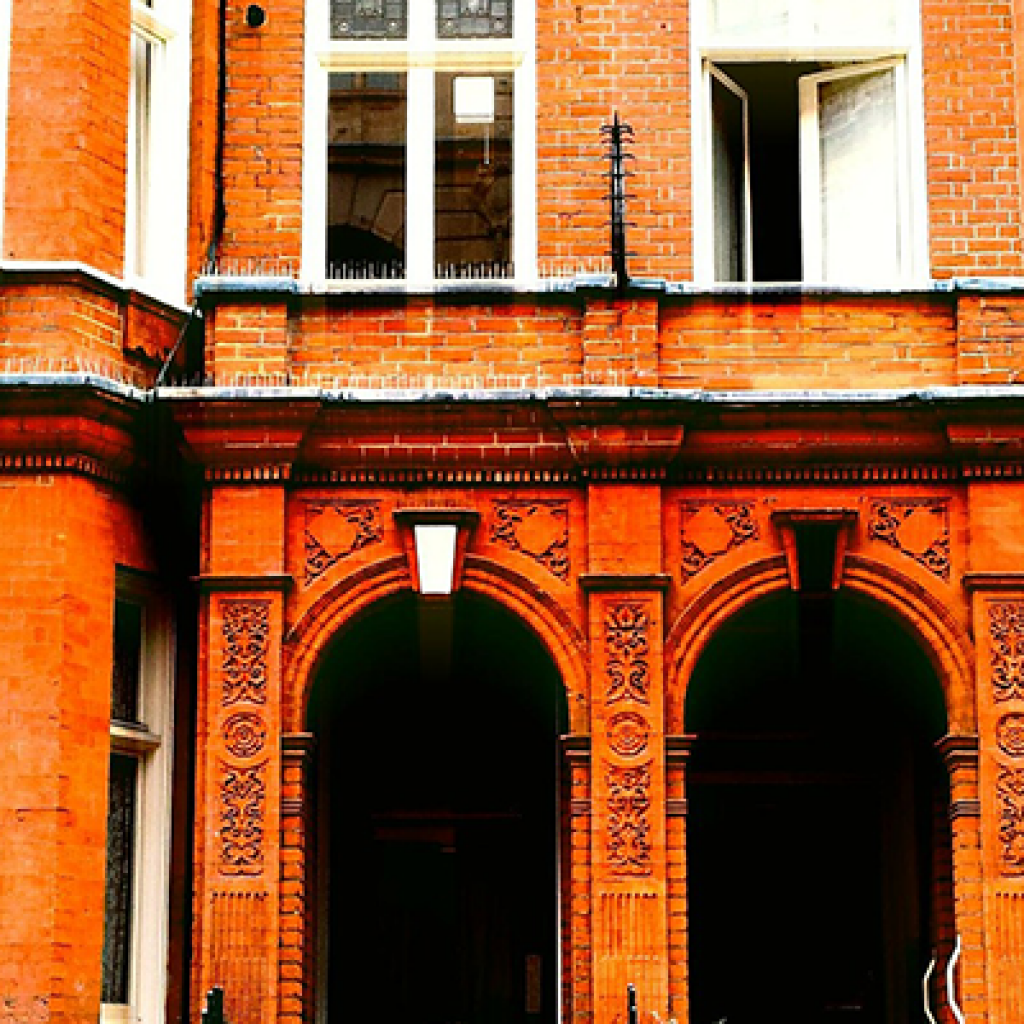The ancient Chancel Repair liability, presumed abolished by legislation passed in 2002, is still leaving a sting in the tail. With parish council’s still technically able to impose a charge and force homeowners to pay for their local church’s repairs, properties continue to be blighted in often idyllic rural locations. How do conveyancers and their clients navigate this? Shelley Spyrides, Director at Bryan and Mercer, helps unravel the complexity.
Chancel Repair Liability can be traced back over a thousand years with tithes and income from ‘glebe lands’ was used to fulfil one of the rector’s responsibilities – the maintenance of the Chancel of his Church. While Parliament eventually abolished tithes, nothing was done to abolish Chancel Repair Liability until legislation was passed in 2002.
While actual claims remain rare, case law proves it leaves a bitter taste. In 2009 Adrian and Gail Wallbank from Aston Cantlow, Warwickshire sold their home after losing an exhaustive 18-year legal case and being left with costs of £250,000.
As many as 5200 parishes may be affected and it is the responsibility of each Parochial Church Council (PCC) to enforce. Whether you are liable depends on ancient parish boundaries, which are not obvious. The Wallbanks were a quarter of a mile from the church, but you could still be liable 30 miles away.
PCCs had until 13th October 2013 to register the liability with the Land Registry without a registration charge. Ahead of this deadline, many parochial church councils sought to protect their rights. The fact that there is a known risk means that any request for insurance against a future liability could cost thousands of pounds or even be declined altogether, as potential costs are unlimited. The responsibility is joint and several and so a single homeowner could pick up the entire bill, as was the case with the Wallbanks. This can create blight and reduce the market value of the property.
Since English Heritage withdrew the safety net of support to parishes, the more cash strapped have had to resort to the charge through registration or by exposing the loophole in the law. More recent examples of the charge being imposed include Stoddesdon in Shropshire and Nettleham in Lincolnshire.
So what has changed since October 2013?
It was widely anticipated that as of 13th October 2013 a purchaser of land (for valuable consideration) would take free of chancel repair liability if it had not been protected by notice in the register.
However, the Land Registry cast doubt on this assumption as it subsequently confirmed that it will continue to register a notice at any point even following a transfer for valuable consideration.
It transpires though that no other properties in England and Wales can be completely free of the chance of liability until they are now sold with no such notice in their register.
This means that parochial church councils in England and the Representative Body of the Church in Wales can continue to apply to register chancel repair liability for years, decades and centuries to come.
But if they fail to identify and register their right before a property is sold, the liability may disappear forever if it is not already in the register or referred to in the deeds where the property is unregistered.
In reality the potential for liability has therefore not changed. This is at odds with how the system was expected to work.
A unilateral notice can be registered without the beneficiary making out its claim in full and whilst a landowner can apply to remove the notice, a dispute is likely to be time consuming and costly to pursue. Such action would also invalidate any insurance.
Also, where property changes hands where no money or a nominal sum is handed over, the land may still have a Chancel Repair Liability past the cut-off date. An example of such a transfer “without consideration” would be under the terms of a Will.
If the land is unregistered, the liability can be registered by way of a caution against first registration.
In light of the Land Registry’s position, if a conveyancing search reveals the property is potentially subject to chancel repair, indemnity insurance remains recommended even if there is no notice on the registered title. This ensures homeowners have adequate insurance of the liability that is fully transferrable when you sell.
Will there be further reform?
The current position seems contrary to the intention behind the changes to the overriding nature of chancel repair liability. It is likely that the position may be reviewed in the future to give clarity and certainty to both property owners and PCCs.
A Private Members Bill that proposed the abolition of chancel repair liability was put forward by Lord Avebury in July 2014. However, the government announced in January this year that they are not developing any proposals for reform at present.
For more information on the position regarding potential liabilities for chancel repair now and into the future, speak with Shelley and her team on 01727 861414 or email shelley.spyrides@bryanandmercer.co.uk.
This article was submitted to be published by Legal Eye as part of their advertising agreement with Today’s Conveyancer. The views expressed in this article are those of the submitter and not those of Today’s Conveyancer.




















